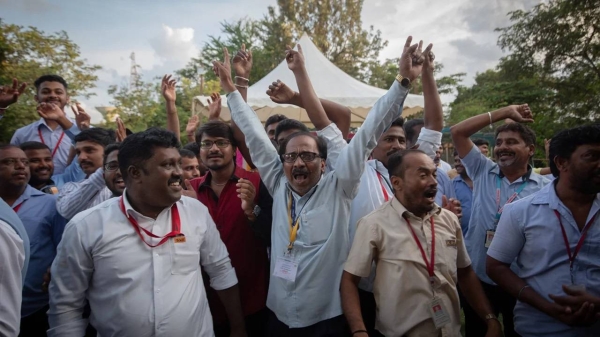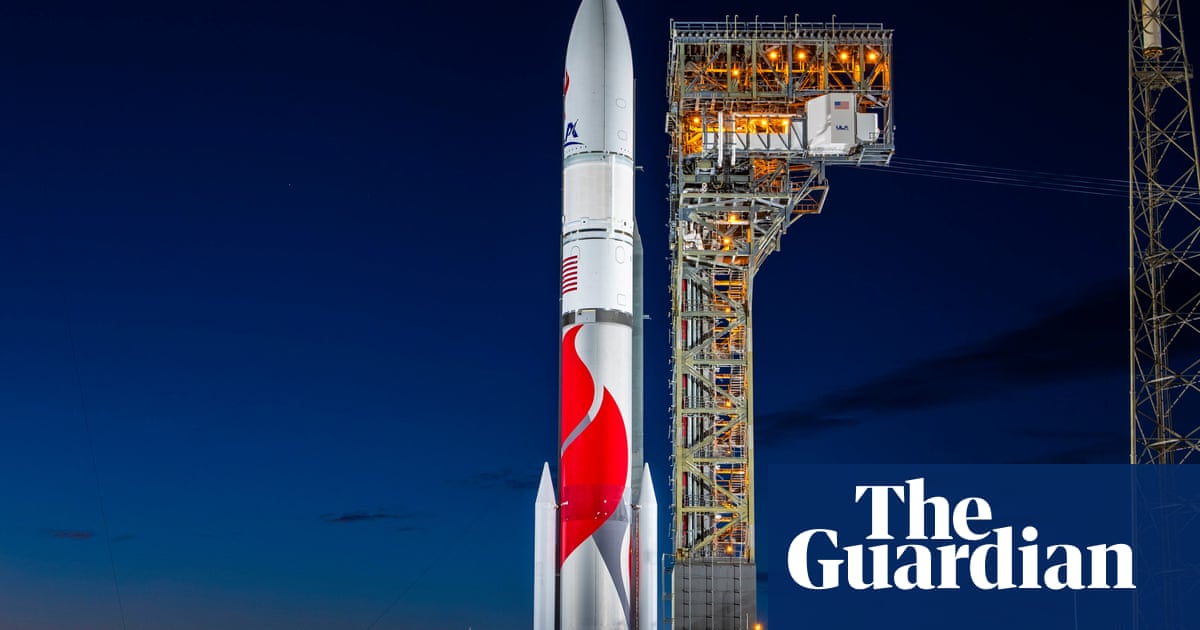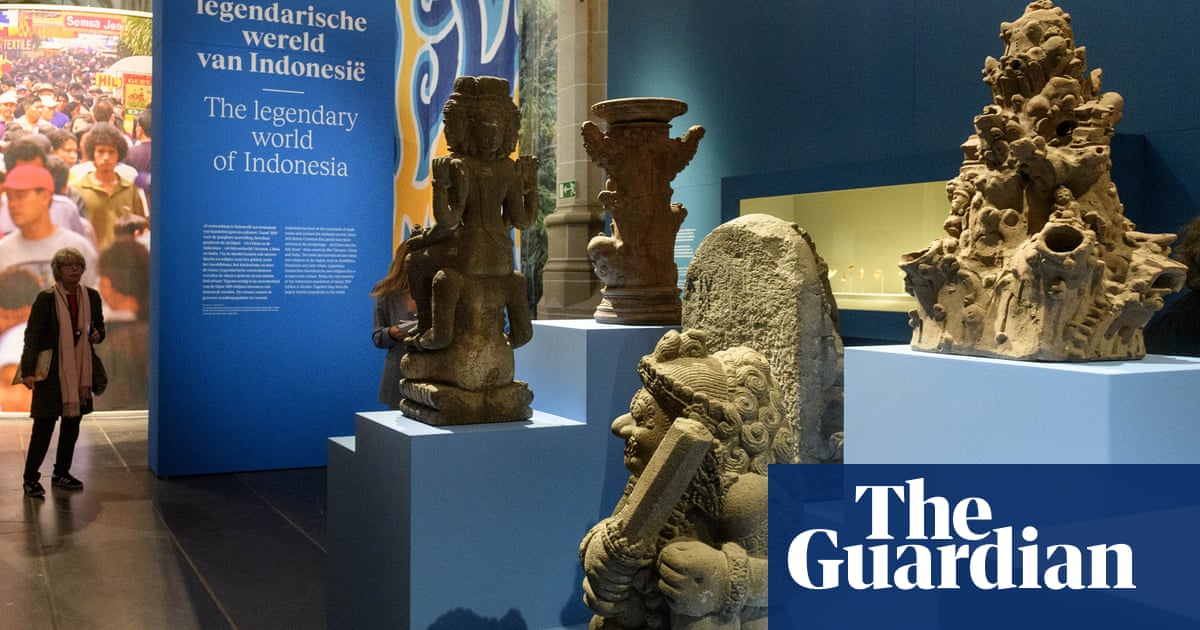
“I let out an involuntary whoop when it landed,” my friend Shivansh told me. He was travelling on London Underground at the time. “Everyone on the tube was staring at me.”
Shivansh is just one of millions of Indians all over the world who are celebrating the successful landing of the Chandrayaan-3 lunar exploration mission. Indians even broke YouTube’s record for livestreams, with more than 8 million people staying glued to their screens last Wednesday, as the spacecraft edged close to the lunar surface. The excitement is understandable, especially considering the fact that just four years ago, the preceding Chandrayaan lander crashed into the moon after a software glitch.
In a now-viral video, a BBC presenter at the time questioned whether India, a country that “lacks a lot of infrastructure” and where “700 million people don’t have access to a toilet”, should be spending money on a space programme.
Wheeling out the poverty trope was a poor choice, especially considering that the BBC is based in a country that shoulders much of the blame for the poverty faced by many Indians today. (It is estimated that Britain drained almost $45tn (£36tn) from India during the colonial period between 1765 and 1938.)
The fact that India is now the first country to land a module near the lunar south pole proves that its space programme was more than a vanity project. For the first time, the world will have images from the moon’s south pole, which will have tremendous impacts for lunar research.
This victory is a testament to the dedication and perseverance of the chairman of the Indian Space Research Organisation, Sreedhara Somanath, and the hundreds of others who worked on the project. Prof Jayant Narlikar, celebrated physicist and co-author of the Hoyle-Narlikar theory, remembers the early days. “I was with [the physicist] Vikram Sarabhai when the space programme had just launched,” he tells me. “People called it a white elephant but Vikram was quietly confident.”
India’s success in space was surprisingly cost-effective. In fact, the Chandrayaan-3 mission was successfully executed at a cost of $75m (£60m) – roughly the same budget as recent Bollywood film Adipurush. The landing now means potentially more resources for large parts of India’s economy: investment in space programmes, in international research collaboration and innovation, and in encouragement for the country’s scientific community.
But it has a much deeper meaning for India and its people. In his response to the BBC video, Indian billionaire Anand Mahindra said the most insidious impact of colonialism was to “convince its victims of their inferiority”. And yet, across India last week, people in streets, offices and schools were ecstatic. “All of us stopped our work midway and went outside to celebrate,” recalls Kashika, a marketing executive in New Delhi. “Everyone was chanting, ‘Vande mataram’ [I bow to thee, mother] and ‘Bharat mata ki jai’ [victory to the motherland]. I’ve never been able to celebrate something like this in my lifetime.”
As an Indian living in the UK, Mahindra’s statement hit me in the very pit of my stomach. Since I’ve been here, I’ve had to smile and nod at a plethora of uninformed comments. People are constantly surprised by the fact that I don’t speak like Apu from The Simpsons. Just recently, a local councillor told me he “never would have guessed” I was Indian because my diction was impressive. It felt as if he wanted me to be proud of myself, but all that said to me was that if I spoke in a more “typically Indian” way, I’d have been considered of lesser value.
Every day I see examples of people associating India with exotic getaways and yoga retreats (complete with antacids for protection), or poverty-ridden slums crawling with desperate children. I also see Indians themselves attempt to blend in more by distancing themselves from their Indian identities.
I haven’t heard a lot of non-Indian people talk about the numerous Indian CEOs heading multinational companies, or the innumerable contributions that the Indian diaspora has made towards science, medicine, technology, sports and multiple other sectors in countries across the world. It is rare that I have a conversation about my country with a non-Indian person that does not involve them pursing their lips sympathetically and going: “Yeah, I’ve heard things are pretty bad there.”
What Indians – and the world – saw with this mission is that things can also be pretty good there. They saw the resilience of India’s scientists, and the determination of its people to shake the dust off their problems and rise again. Millions of children across the country watched live as their own scientists – people who grew up in the same land as them – did what no other country’s scientists had managed to do before.
Ultimately, the success of Chandrayaan-3 means that Indians everywhere are a giant leap closer to being, as the great Indian writer Rabindranath Tagore said, “where the mind is without fear and the head is held high”. And that in itself could be the most valuable and lasting thing to come out of this remarkable scientific feat.
Hannah Abraham is a freelance journalist












